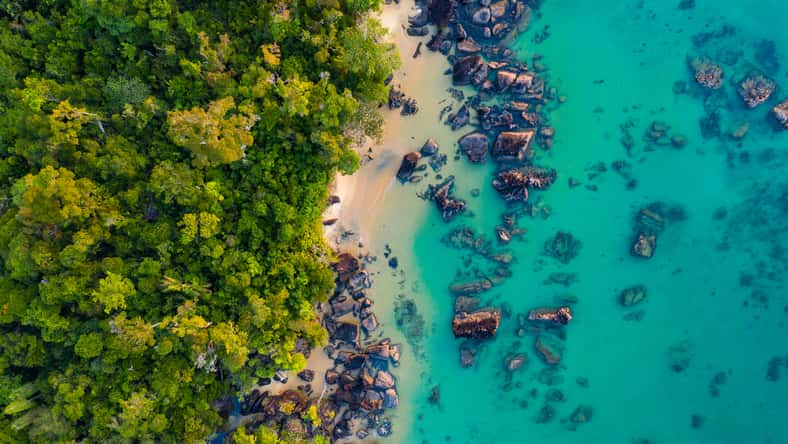
Over the last century, the giant clam population has dropped by more than 80 percent, putting the species in danger of extinction.
A new assessment of the marine invertebrates led by Ruiqi Li, a postdoctoral researcher and biologist from the Museum of Natural History at the University of Colorado at Boulder, prompted the International Union for Conservation of Nature (IUCN) to update their status.
Now, the giant clam is classified as “critically endangered.” Overfishing and climate change are the biggest threats these clams face. The statuses of 11 other related species were changed as well.
“Along with coral reefs, these clams provide important habitats for other creatures living in the reefs,” said Li.
“They are also important nutrient producers in shallow ocean water, which is generally deprived of food. If the giant clam becomes extinct, it will have significant ecological impacts on tropical oceans.”
Recently, representatives from 175 countries have gathered in Columbia for the 2024 United Nations Biodiversity Conference to discuss ways to stop what has been dubbed the “sixth mass extinction.”
The fifth mass extinction occurred 65 million years ago and wiped out all the dinosaurs. According to the World Wildlife Fund, global marine wildlife has declined by 56 percent since 1970.
The giant clam (Tridacna gigas) is the largest marine bivalve mollusk in the world. The clams are part of a group of invertebrate animals with two-part shells.
They live in shallow waters of the Indo-Pacific Ocean and off the coasts of Malaysia, Fiji, and Australia.

They can grow up to 4.5 feet long and weigh over 700 pounds. It is unclear how T. gigas can reach such a massive size.
The clams are also engaged in a mutually beneficial relationship with algae. They provide shelter for the algae, while the algae produce extra nutrients to feed the clams.
The last time an assessment of the T. gigas population took place was in 1996. That was when the IUCN listed the species as “vulnerable.” Many other giant clam species were overlooked back then because of a lack of research.
“This is a major issue in the conservation world. People, even scientists, tend to pay more attention to mammals and birds because they are big, cute, and familiar. So there’s a good chance you can find these animals on the Red List. But marine invertebrates are very neglected,” said Li.
The team of researchers collected data on the 12 giant clam species to do a reassessment. They found that T. gigas had already become locally extinct in regions near Taiwan. Its overall population has decreased by 84 percent over the past 100 years.
In many parts of the world, giant clams are harvested for food, and their shells are used for decoration.
They come in a range of beautiful colors, from turquoise with yellow spots to emerald green with black specks. As a result, they are highly sought-after by fishers.
Climate change is also a major threat to giant clams. They will spew out the algae living inside them when the water becomes too warm. They could starve without the algae.
The National Oceanic and Atmospheric Administration (NOAA) has proposed listing 10 giant species, including T. gigags, under the Endangered Species Act in an effort to save them from extinction.
If approved, the giant clams will be legally protected in the U.S., and the harvesting and trade of wild clams will be prohibited.
Sign up for Chip Chick’s newsletter and get stories like this delivered to your inbox.












